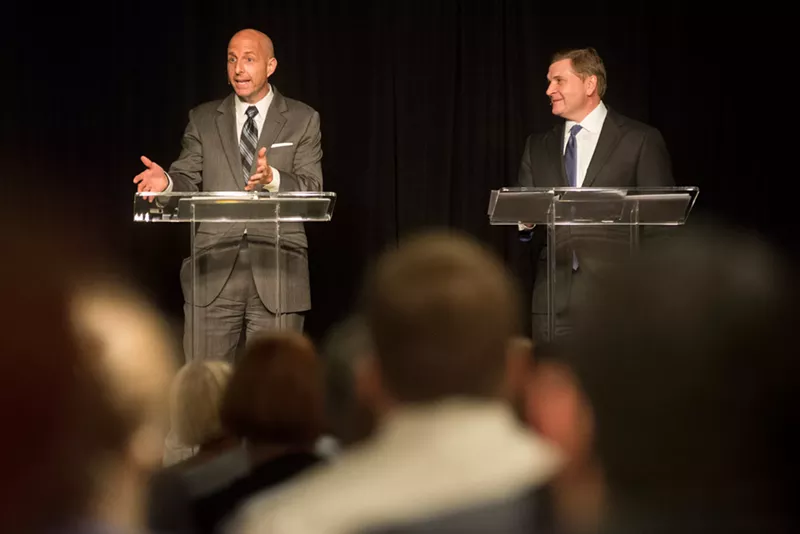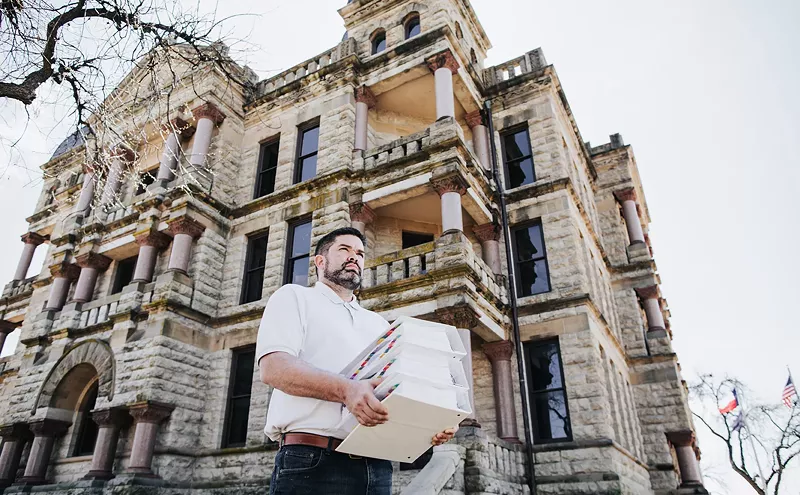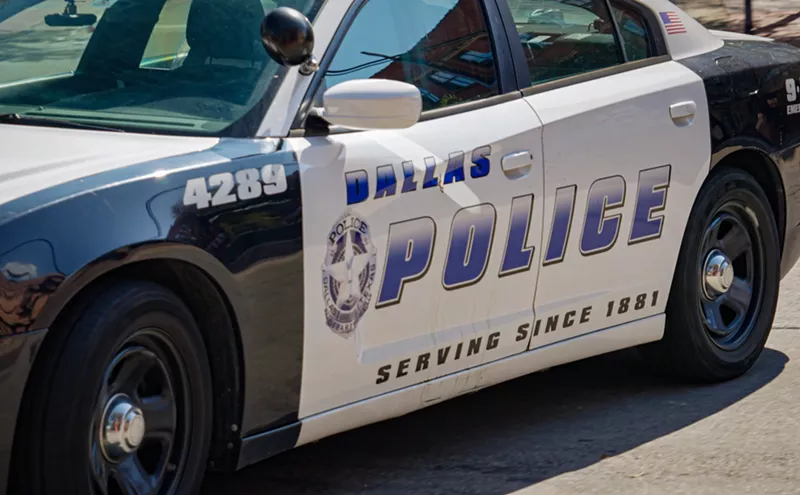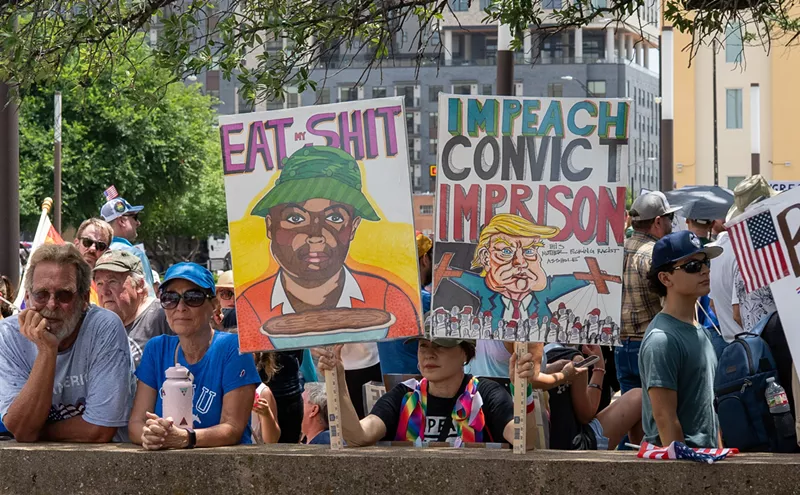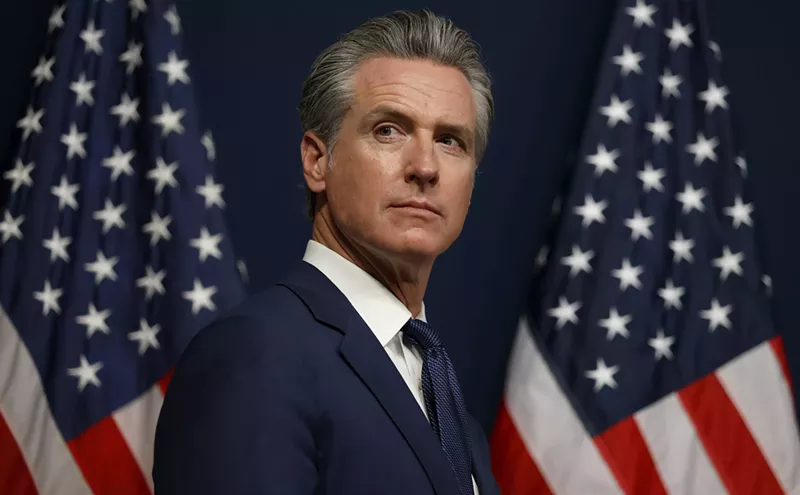"There, in the warehouse of the DA's office in a corner, was the file that we were never allowed to touch, the file of Jack Ruby," Birmingham said Wednesday night at Dallas' Sixth Floor Museum. "I was always very curious about why that was, what was in there. There was just this mystique about it."
Birmingham, with another former high-ranking member of the DA's office, Toby Shook, worked with Dallas County to donate its contents to the Sixth Floor Museum. On Wednesday night the treasure trove of Ruby, Oswald and John F. Kennedy assassination artifacts were on full display at the museum as Birmingham and Shook gave a walk-through of a trial they labeled the "biggest in Texas history."
The facts in the State of Texas v. Jack Rubenstein are not complicated. On November 24, 1963, Jack Ruby, operator of the Carousel Club at Field and Commerce Streets in downtown Dallas, shot and killed Lee Harvey Oswald in the basement of Dallas police headquarters. Ruby struck as police brought the man charged with killing President John F. Kennedy from headquarters to Dallas County Jail via armored car. Dallas police officers immediately pounced on Ruby and arrested him. Local and national news stations broadcast the murder from start to finish.
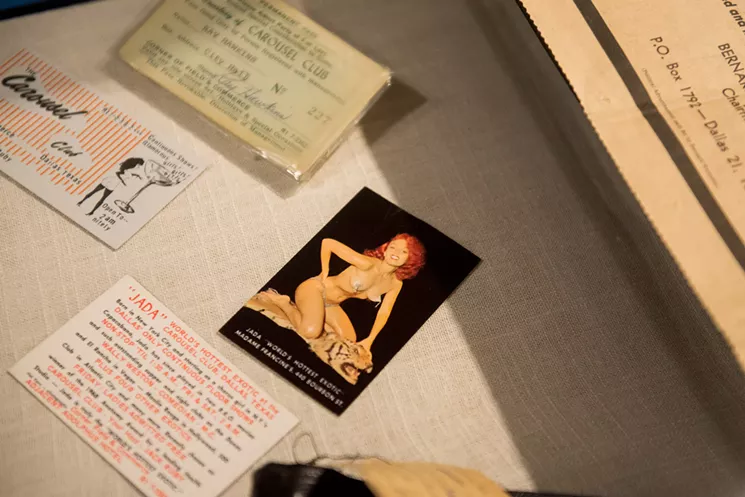
From the district attorney's files: An advertising card from the Carousel Club Jack Ruby had in his pocket when he shot Lee Harvey Oswald.
Brian Maschino
Dallas county prosecutors, lead by the legendary and notorious District Attorney Henry Wade, indicted Ruby on November 26. "Things moved a lot quicker back then," Shook quipped. "It was a long investigation — two days — and I believe Mr. Wade made the decision to seek the death penalty about five minutes after [Ruby] was indicted."
Tom Howard, a Dallas attorney with an office across from the former county courthouse (now the Old Red Museum) initially stepped up to defend Ruby. Howard's would-be defense strategy, one that Birmingham and Shook believe would've worked, thanks to their analysis of the trial and statement's later made by members of the jury, was to argue that Ruby murdered Oswald "without malice," which would've made his crime punishable by only 2-5 years in prison.
Howard's argument — basically that Ruby saw Oswald and reacted reflexively — is backed up by the facts. The morning of the murder, Ruby headed to a Western Union near police headquarters to send $25 to one of the burlesque dancers who worked at the Carousel Club. Seeing a large crowd gathered at the police station, Ruby left his prized dachshund Sheba, a dog he referred to as his "wife" according to Birmingham, and headed down a ramp on Main Street and found the Oswald escort. He hadn't set out that day to kill Oswald, Howard would've argued at trial.
"The way Howard planned to do that was maybe call a couple of local psychiatrists. They could get on the stand, say Ruby was maybe a strange guy, but not say he was insane, because Howard thought a jury, particularly a Dallas jury, wouldn't buy insanity," Shook said. "It's tough anywhere, but back in 1964 Dallas it wasn't going to happen. It's hard to get jurors to let someone off scot-free for shooting someone down."
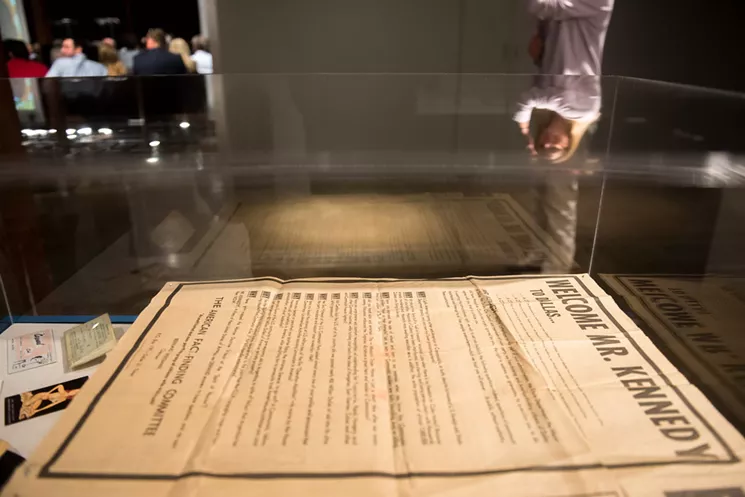
The black border around this newspaper ad critical of John F. Kennedy — found in Ruby's car after the murder — led Ruby to believe there was a conspiracy to kill the president, according to Birmingham and Shook.
Brian Maschino
The Dallas lawyer didn't get that chance, despite having avoided having his clients get the death penalty in all 26 of the capital cases in which he'd previously served as a defense attorney. Before the first of Ruby's two bail hearings in December 1963, Ruby's brother, Earl Ruby, went to San Francisco to meet with a book publisher. When he met with the publisher, Earl Ruby asked for a recommendation for a big-name lawyer. He came home to Dallas with Melvin Belli on retainer, a personal injury lawyer who flew the Jolly Roger and fired a blank from a cannon atop his office building whenever he won a big verdict.
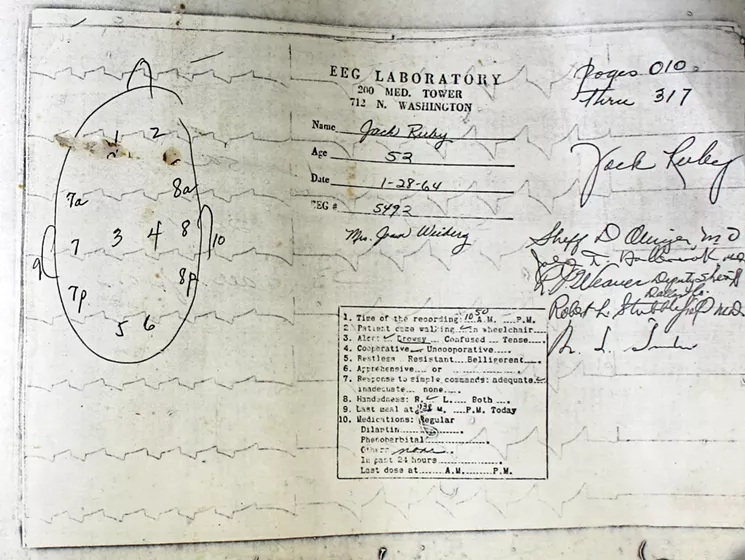
A chart from Jack Ruby's EEG
Loaned Courtesy the Dallas County District Attorney's Office/The Sixth Floor Museum at Dealey Plaza
Rather the go with Howard's "sudden passion" defense, Belli chose to argue that Ruby was criminally insane when he killed Oswald. His client, he said, was in a fugue state when he shot Oswald, brought on by "psychomoter epilepsy."
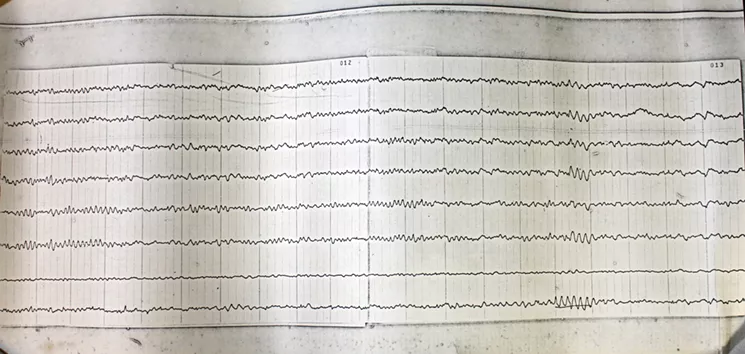
Jack Ruby's EEG
Loaned Courtesy the Dallas County District Attorney's Office/The Sixth Floor Museum at Dealey Plaza
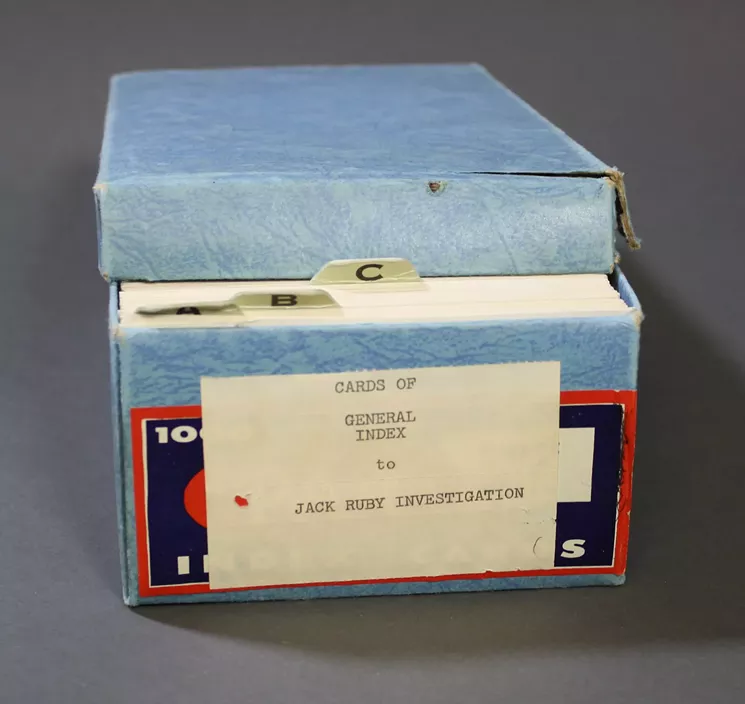
Bill Alexander's copious witness notes.
Loaned Courtesy the Dallas County District Attorney's Office/The Sixth Floor Museum at Dealey Plaza
"The prosecutors would stop each [defense expert] and ask, 'Well, do you have an opinion as to insanity? Do you think he knew right from wrong?,' to which they'd have to respond 'No I don't,'" Shook said. "I think that carried a lot of weight with the jury that the experts representing the defendant didn't have an opinion."
After a 10-day trial, the jury convicted Ruby of murder with malice, sentencing him to death on March 14, 1964.
Following the verdict, Birmingham said, Howard conducted an informal poll of Dallas after the trial in an attempt to see of his defense would've worked. By a 7-to-1 margin, those Howard polled said they would not have given Ruby the death penalty, had his defense team not argued for insanity.
Two years later in October 1966, the Texas Court of Criminal Appeals overturned his conviction, ruling that the trial judge in the case should have accepted Belli and the defense's request for a change of venue. Ruby died of complications from cancer in January 1967, two months before his new trial was set to begin in Wichita Falls.
The Sixth Floor Museum's special exhibit of items from Jack Ruby's trial will be on display at the museum until October 1.

